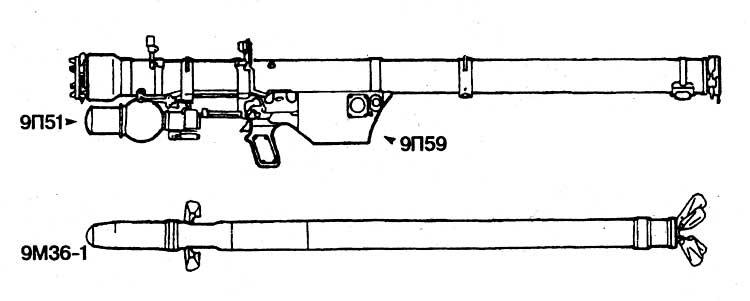

SDA’s initial focus, he added, is building a communications and data transport layer in low-Earth orbit. In March, the DoD stood up the Space Development Agency to create the next-generation space architecture to enable military operations, Dickinson noted. “For comprehensive missile defense, we need to strengthen and integrate other elements including defeating adversary missile systems left of launch or shortly after launch layered approaches to include cyber, electromagnetic spectrum and possibly directed energy and we also need to consider and remember that there is no silver bullet to defeating these threats.”ĭickinson advocated for the rapid development of a space-based sensor layer, which Department of Defense officials have wanted for several years but without much financial backing or robust plans.

“We are heavily invested in solutions that are costly and risk is high,” he said. James Dickinson, who currently serves as the head of Army Space and Missile Defense Command, echoed Evans during his speech at the SMD Symposium.īy Jen Judson, Jeff Martin and Joe Gould Strategic Command is particularly interested in are “hypersonic glide vehicles, boost-phase killers, improved sensors, better radars and kill vehicles, more capacity across the spectrum and, if we can squeeze it in, directed energy,” Evans said. This becomes even more critical as adversaries are able to better deny access in contested environments, according to Evans, and develop missiles, like hypersonics, that are much harder to detect after its initial phase of flight. “When you consider research and development cost and potential available solutions, there is more value potentially from pre-launch boost phase intercept, cyber and passive capabilities.” Much of the growth in missile defense will come from areas other than hit-to-kill, kinetic, active defense, he said. To get there, we may have to re-prioritize our resources on the research and development side to stay ahead of these emerging threats that we face,” like hypersonic missiles, Evans said. “We have to develop a space-based sensor architecture that can provide persistent tracking and discrimination. That is what is going to address today’s and tomorrow’s threats.”īeing able to see the threat from left of launch all the way through its possible path is crucial, he said, which is a current shortfall. “It requires a global network of sensors, all-source intelligence, integrated fires - both left and right of launch - lethal and nonlethal and ballistic missile and intelligence.

“Missile defense is part of the holistic continuum of offensive and defensive war-fighting integration,” he said. We simply don’t have the money, capability and capacity,” Evans said, adding that the focus instead should be on developing passive defense non-kinetic capabilities tactical operations and command, control, communications and computers (C4) network architectures. “In other words, we cannot ‘active defense’ our way out of the problem sets.


 0 kommentar(er)
0 kommentar(er)
